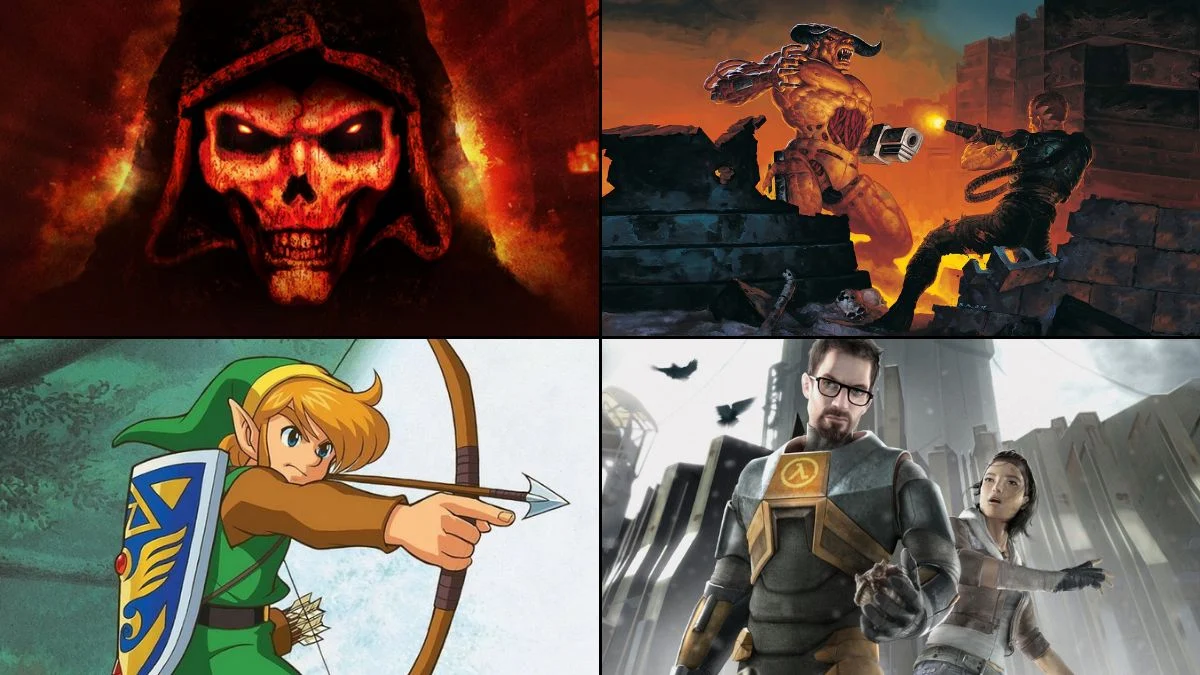
Sequels often just offer more of what you already know, but these ones truly evolved the experience. They weren’t just bigger – with improved controls, better systems, and expanded worlds – they also added meaningful new content like fresh game modes, useful tools, and entirely new areas to discover.
Below, you’ll find details about each game, including its key features, when it was released, and what it achieved. We’ll cover the technology that powered these games – the platforms, engines, and systems they used – as well as any expansions or updates that kept players engaged over time.
Super Mario Bros. 3
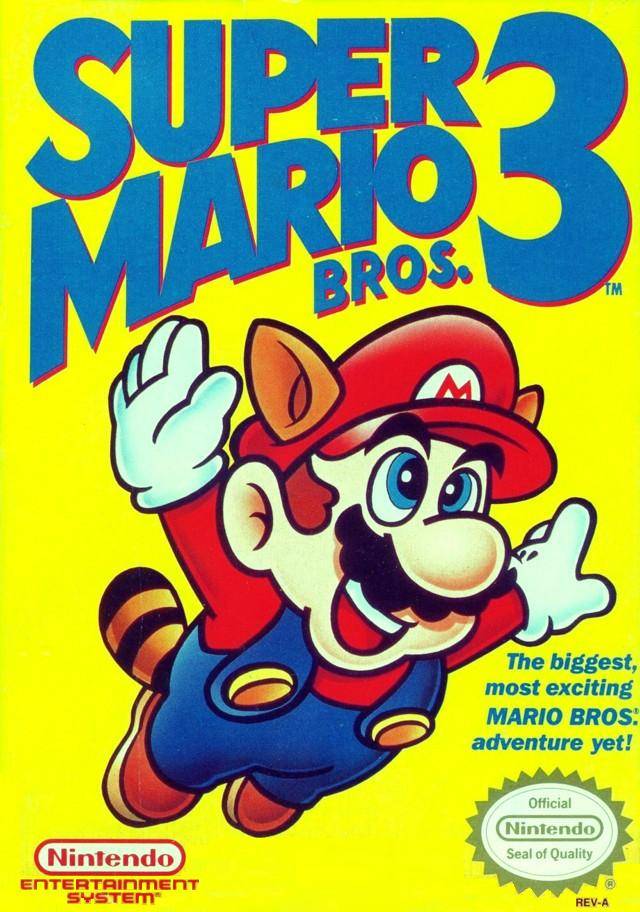
Originally released in Japan in 1988 and in North America in 1990 for the NES, this game was a groundbreaking platformer. It featured a world map, levels based on different themes, and power-ups like the Tanooki, Frog, and Hammer suits. Later versions also included the ability to save your progress and store items between levels, making it easier to play for extended periods.
The game became a massive hit on the NES, selling tens of millions of copies around the world. It introduced innovative level designs with features like moving levels, airships, and hidden warp zones. Many of the power-ups from this game also appeared in future Mario titles on both handheld and home consoles.
Street Fighter II
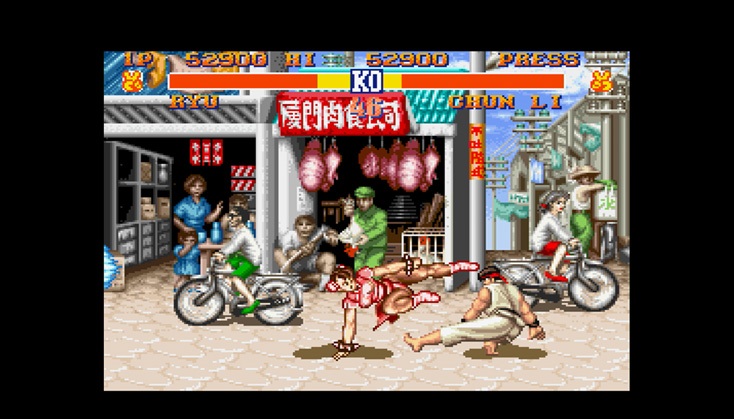
Capcom first released this fighting game in arcades in 1991, using CPS hardware. It featured eight characters to choose from, each with unique special moves. The game established several now-standard features, including best-of-three matches, a six-button control scheme, and the ability to play against another player with the same character. Arcade cabinets allowed for direct, head-to-head competition.
Street Fighter became incredibly popular on home consoles like the Super NES and Mega Drive, selling millions of copies. Subsequent versions, such as Champion Edition and Hyper Fighting, introduced new playable characters (including bosses), improved game balance, and faster gameplay, helping to establish the series in the competitive tournament scene worldwide.
The Legend of Zelda: A Link to the Past
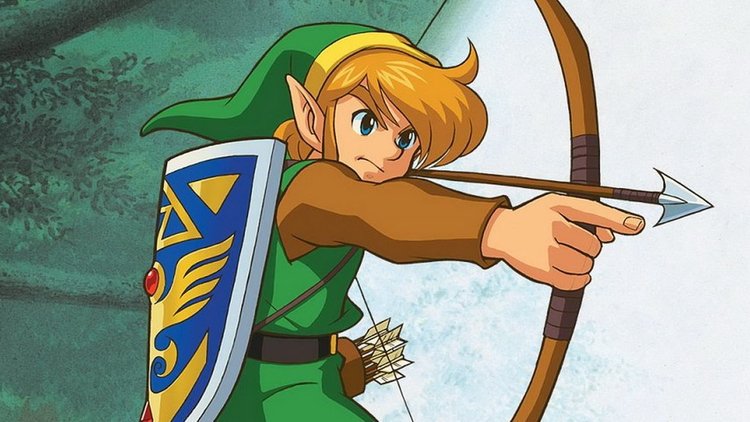
Released for the Super NES in 1991 in Japan and 1992 in North America, this 16-bit game built on its predecessor by featuring two distinct worlds – the Light World and the Dark World. It also introduced new abilities like the spin attack and expanded the number of items players could find, including the Hookshot and Pegasus Boots.
Okay, so this game actually saved your progress even when turned off, which was awesome back then! It had a pretty big adventure – eleven main dungeons to clear, plus these optional ‘heart pieces’ you could hunt down to get stronger. What really stuck with me, though, was how free you were to explore. The dungeons were full of tricky puzzles, and the world itself felt really deep and layered. Honestly, a lot of the Zelda games that came after this borrowed a lot from how this one played – it really set the standard!
Super Metroid
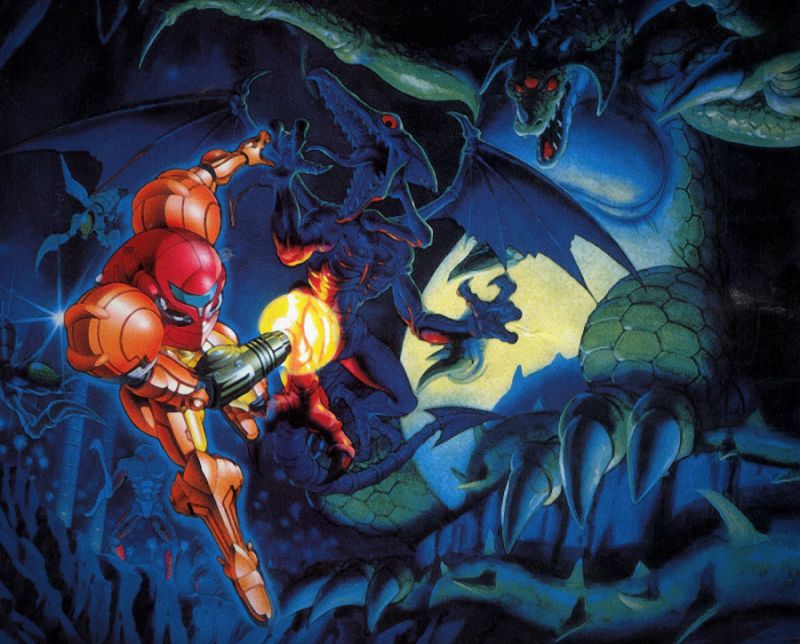
In 1994, Nintendo launched this action-packed adventure game for the Super NES. It featured several improvements, including a map to help players navigate, quick travel using elevators, and new moves like wall jumping and the shinespark. Players could also find useful items like the Grapple Beam and X-Ray Scope.
Older games used passwords to save progress, but this game introduced ‘save rooms,’ letting players explore a detailed world, revisit areas, and solve puzzles in different orders. Its music, sound effects, and simple design greatly influenced many exploration-based platformer games that came after it, on both consoles and computers.
Doom II
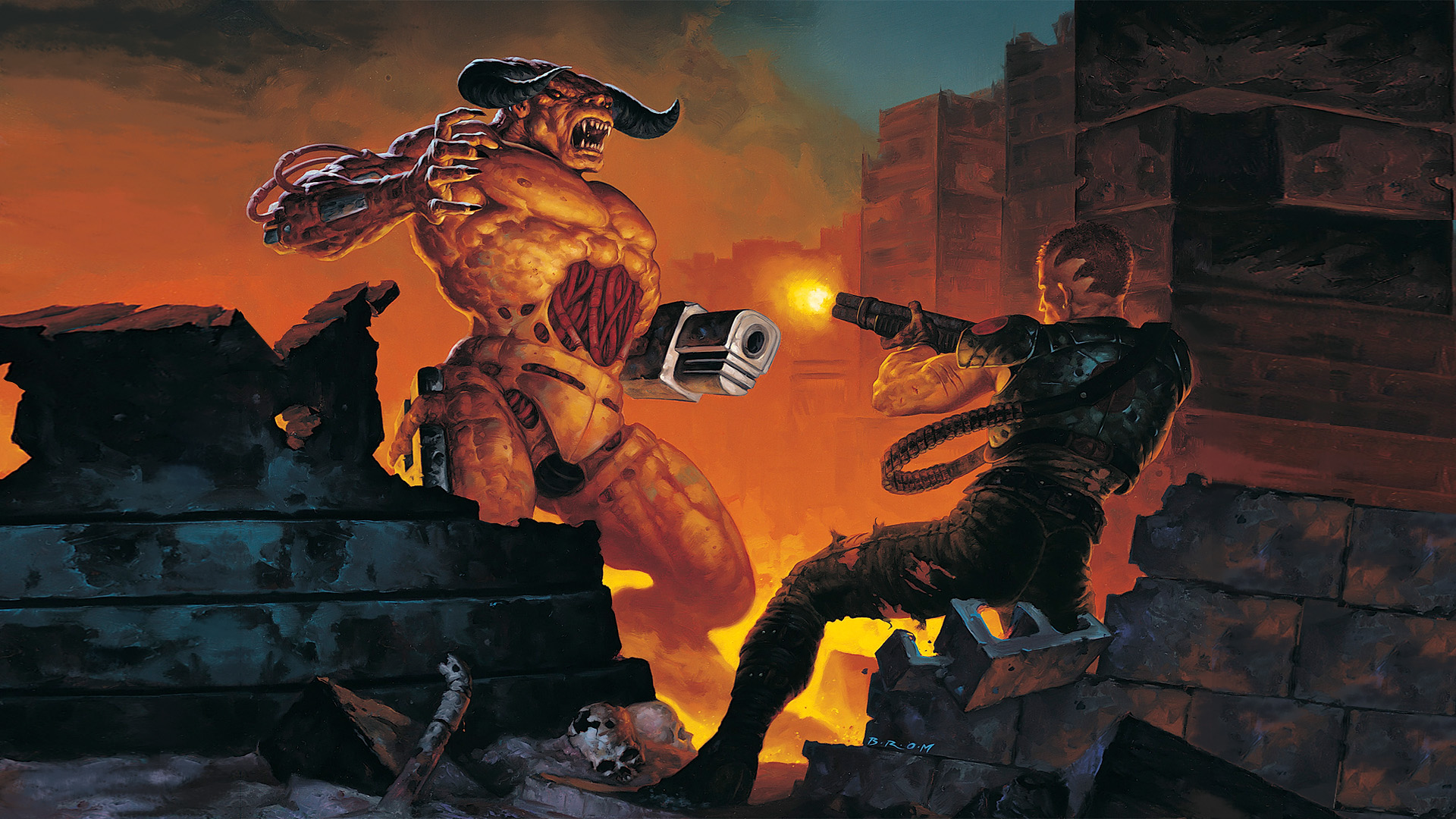
In 1994, Id Software released this fast-paced shooter for MS-DOS. It featured 32 core levels, plus hidden areas to discover. The game introduced iconic weapons like the Super Shotgun, along with new enemies such as the Arch Vile and Mancubus. Levels were larger and more intricate than before, designed for quick action and skillful movement.
Players could enjoy the game both online via modem and on local networks, and it became incredibly popular thanks to user-created modifications and custom levels. It was also released on various consoles and handheld devices over many years, ensuring the single-player campaign and competitive deathmatch remained popular for a long time.
Diablo II
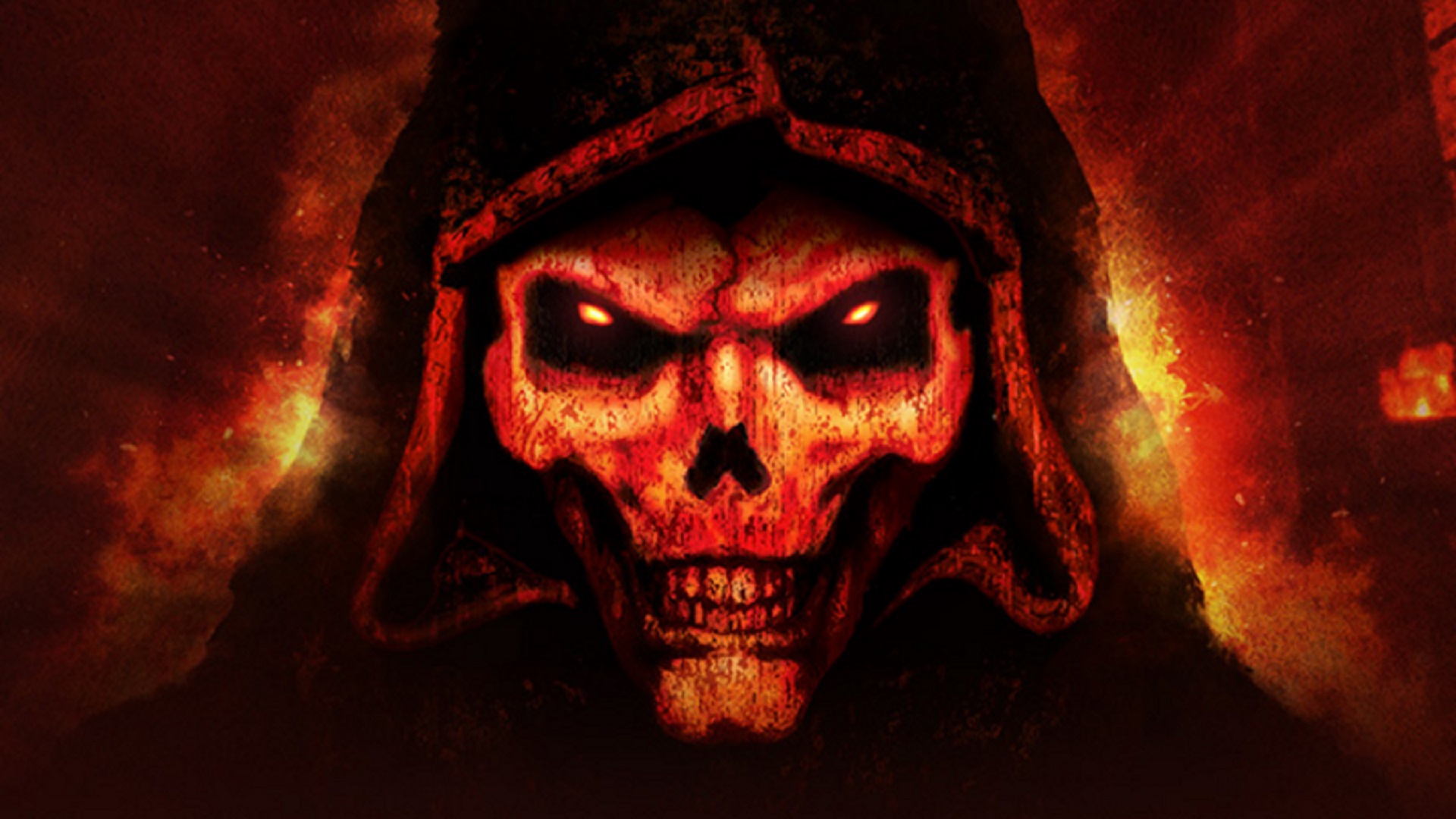
Diablo II, a popular action role-playing game, first came out on computers in 2000. It let players choose from five different character types and offered randomly generated items and levels. Online competition was available through Battle.net. The following year, the Lord of Destruction expansion added a new act to the story, two more character classes, and a system of runewords that significantly altered how players customized their characters for the late game.
I remember back in the day, the online battlegrounds and when the game would reset every season kept me hooked for years! The developers were awesome too, constantly adding stuff like the ability to re-spec your character and even making the game look way better with high-resolution support. And if you wanted to go solo, you could totally play through the entire story, build up a team of hirelings, and hunt for some seriously powerful set items. It was a great experience either way!
Baldur’s Gate II: Shadows of Amn
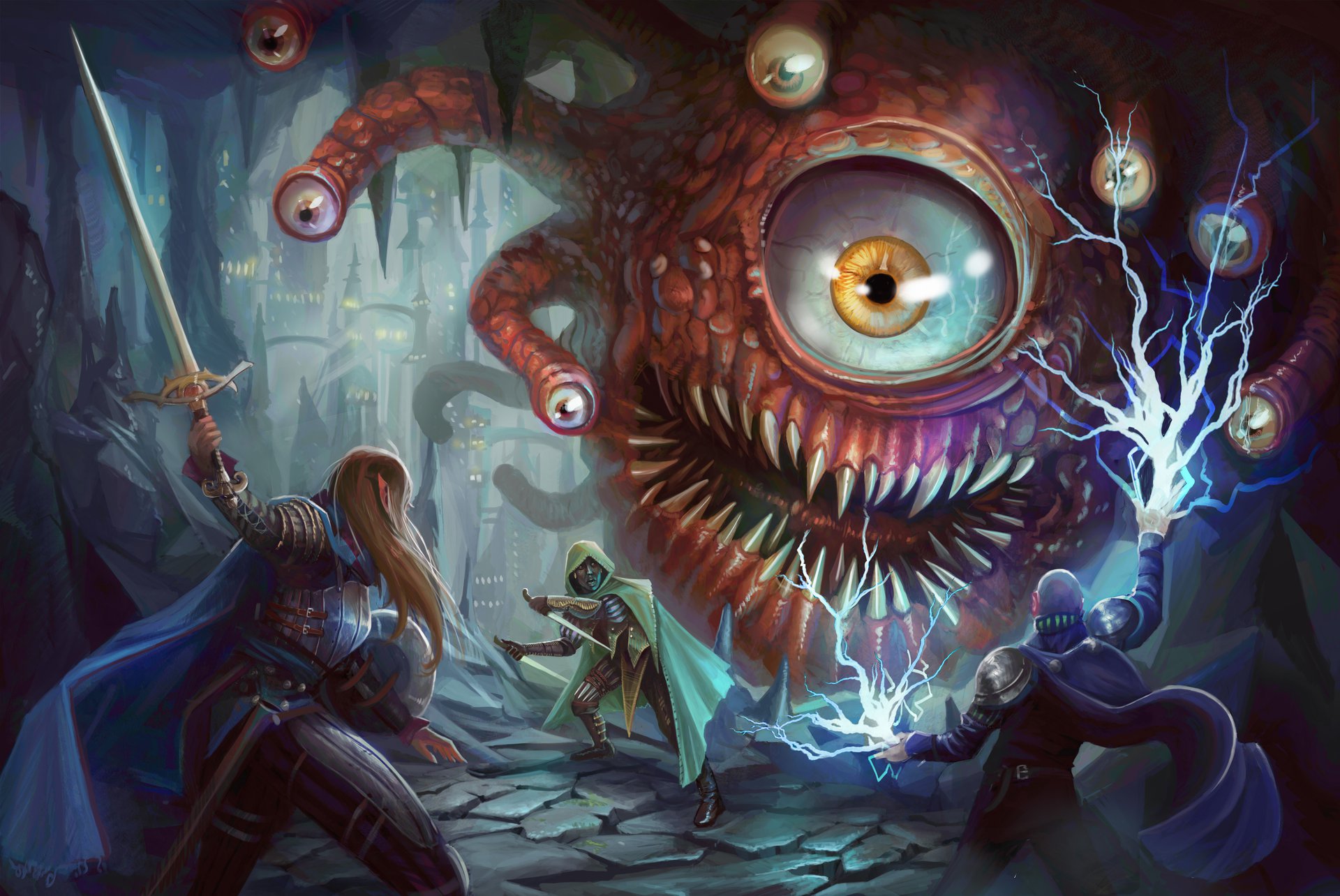
BioWare released this computer game in 2000, building on the popular Infinity Engine and the rules of Advanced Dungeons & Dragons Second Edition. It improved how players managed their group of characters, adding specialized classes, unique quests based on those classes, and options for developing relationships and reputations within the game.
The 2001 expansion, Throne of Bhaal, brought the story to a close, introducing powerful spells and a new area to explore. Fans continued to expand the game through modifications, creating new quests, characters, and even making it compatible with modern computers. Later, the Enhanced Editions further improved compatibility with current operating systems.
Age of Empires II
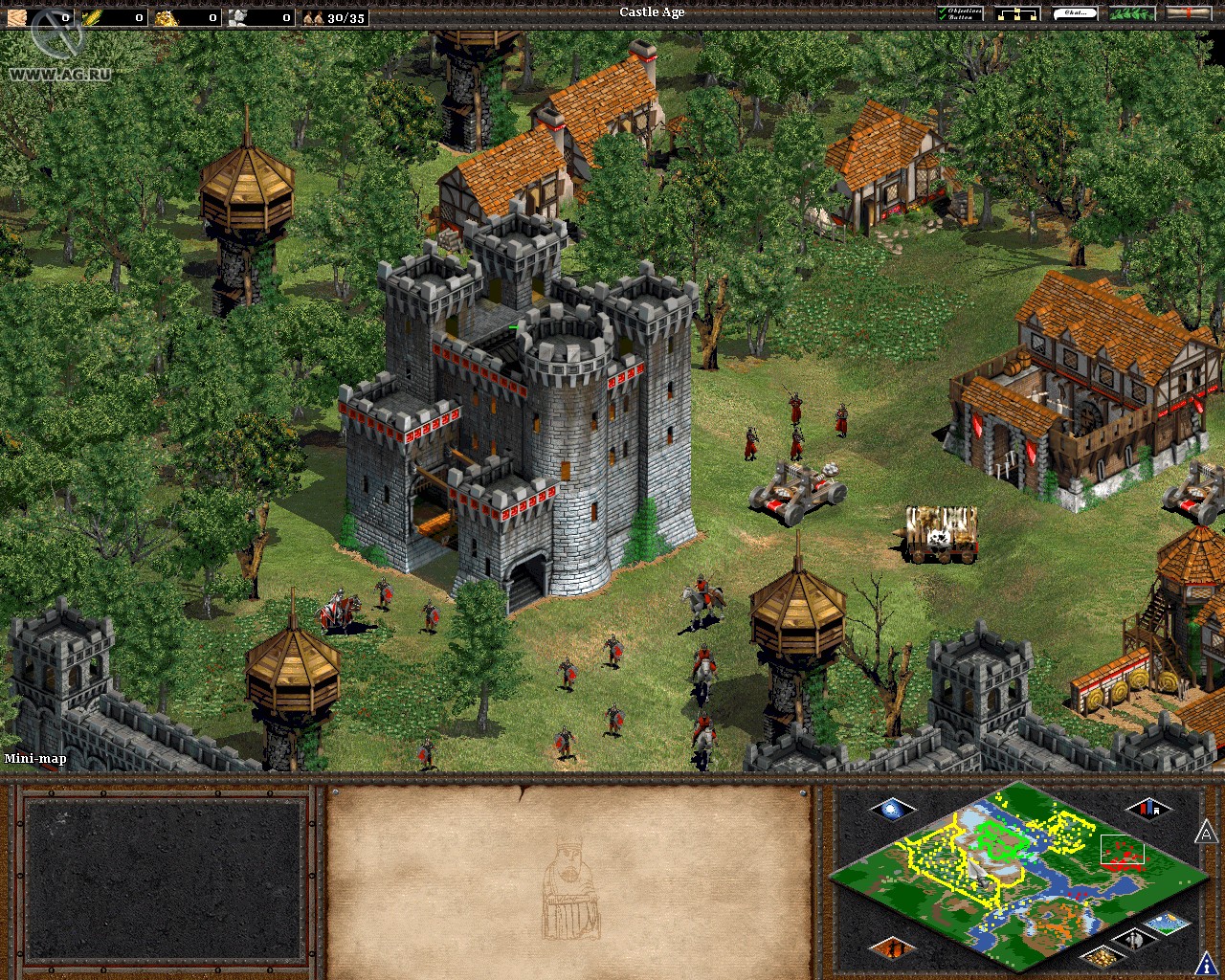
Released in 1999 for PC, this real-time strategy game from Ensemble Studios is set in the medieval era. It featured thirteen different civilizations, distinct units like longbowmen and war elephants, and sophisticated siege weaponry, including trebuchets.
The Conquerors expansion introduced new civilizations and maps, and subsequent Definitive Editions enhanced the game with 4K graphics, fresh campaigns, and online matchmaking. Improvements to build orders, unit formations, and how units move helped keep the game popular with both competitive and casual players for years.
Civilization II
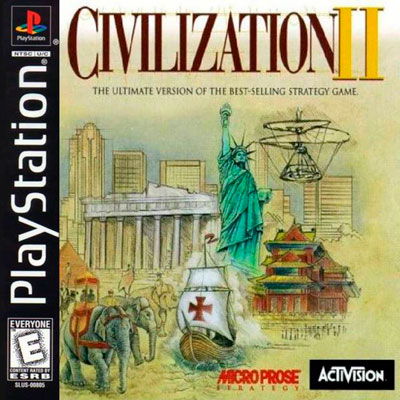
In 1996, MicroProse launched this follow-up to their turn-based strategy game for Windows. It featured an isometric perspective, a more detailed technology tree, and new city advisors brought to life with full-motion video. The game also included the ability to create custom scenarios and had an improved combat system.
Games like Conflicts in Civilization and Fantastic Worlds included tools that let players design their own scenarios, allowing for both realistic historical and imaginative fictional campaigns. The game’s user-friendly design and tile-based graphics were maintained in later versions for Windows and gaming consoles.
Half Life 2
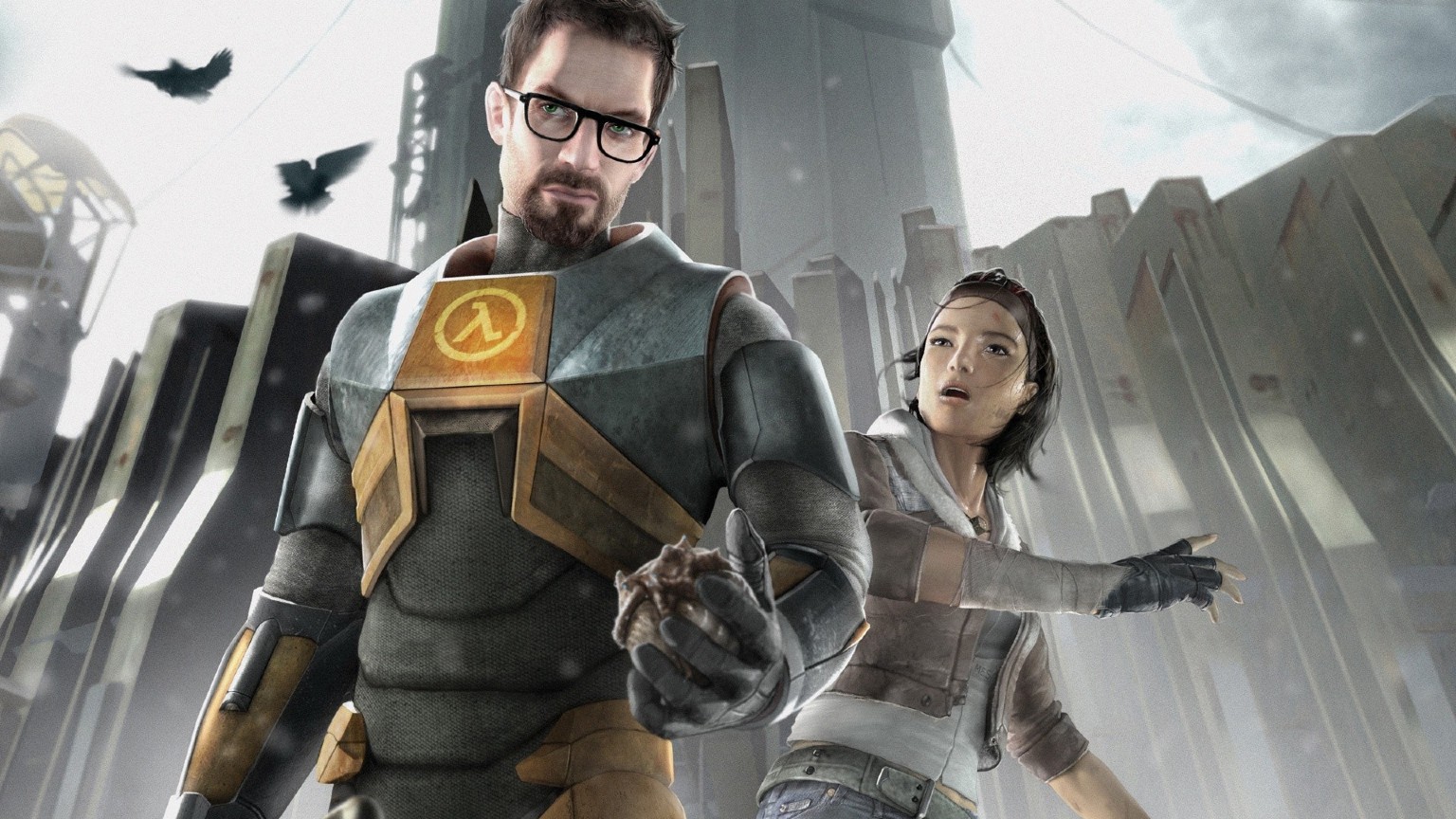
Valve launched this first-person adventure game in 2004, built with their Source engine. It was innovative for its time, featuring puzzles that relied on realistic physics thanks to the Gravity Gun, expressive character animations, and gameplay that switched between driving vehicles and exploring on foot.
Using Steam to activate the game was one of the first times a digital platform was used widely on PCs. Subsequent installments continued the storyline, and the game’s modding tools led to extensive fan-made modifications and multiplayer experiences, including well-known sandbox and competitive game types.
Halo 2
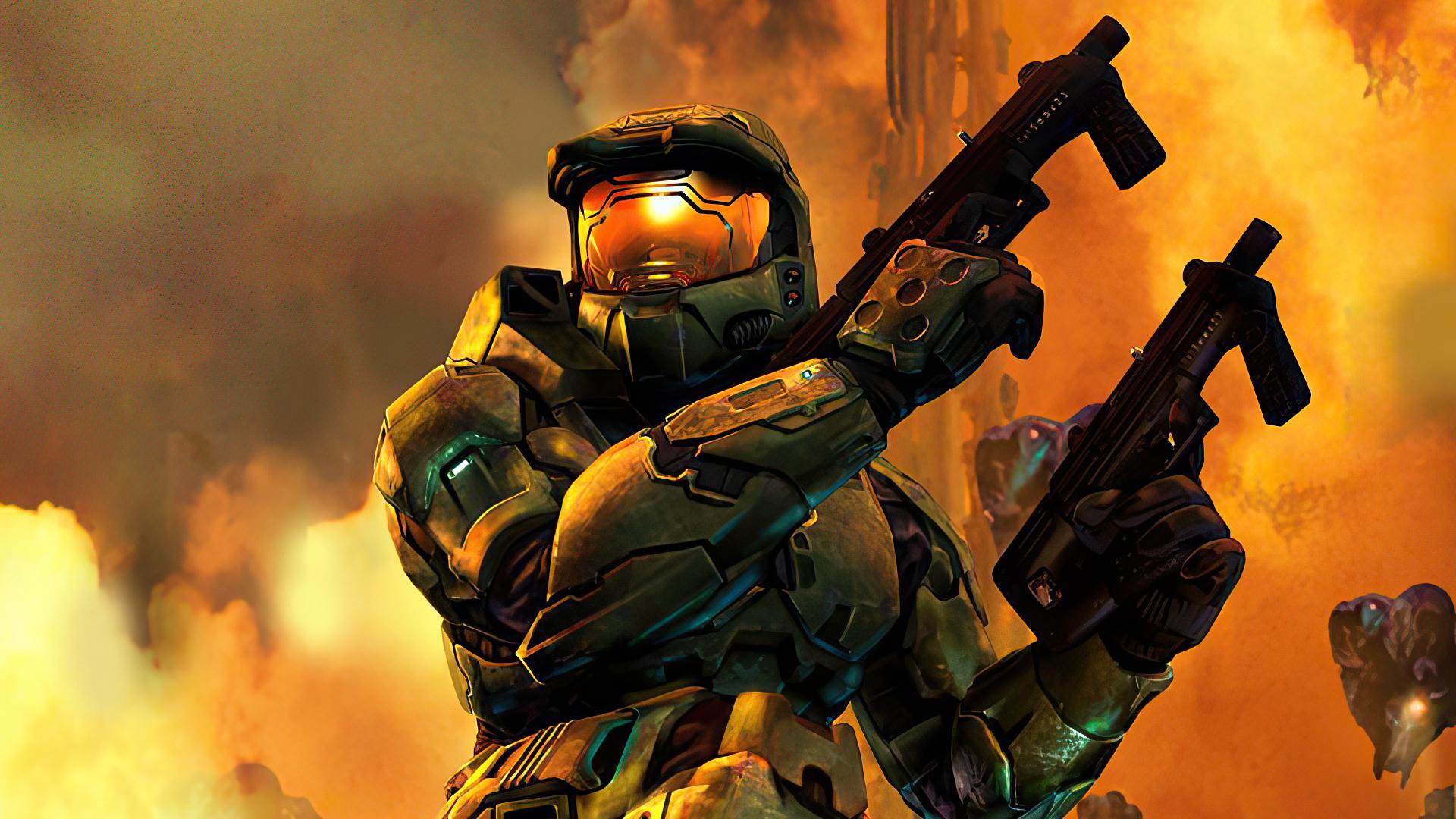
Bungie first released this shooting game on the original Xbox in 2004. It introduced features like the ability to use two weapons at once, jump onto moving vehicles, and play as a character named the Arbiter. The game also pioneered online matchmaking and party systems through Xbox Live, which later became common in other games.
The game broke sales records on its first day and kept players engaged with regular content updates like playlists and new maps. Later, special anniversary versions improved the game’s engine and added full online features for newer Xbox consoles and PCs.
Resident Evil 4
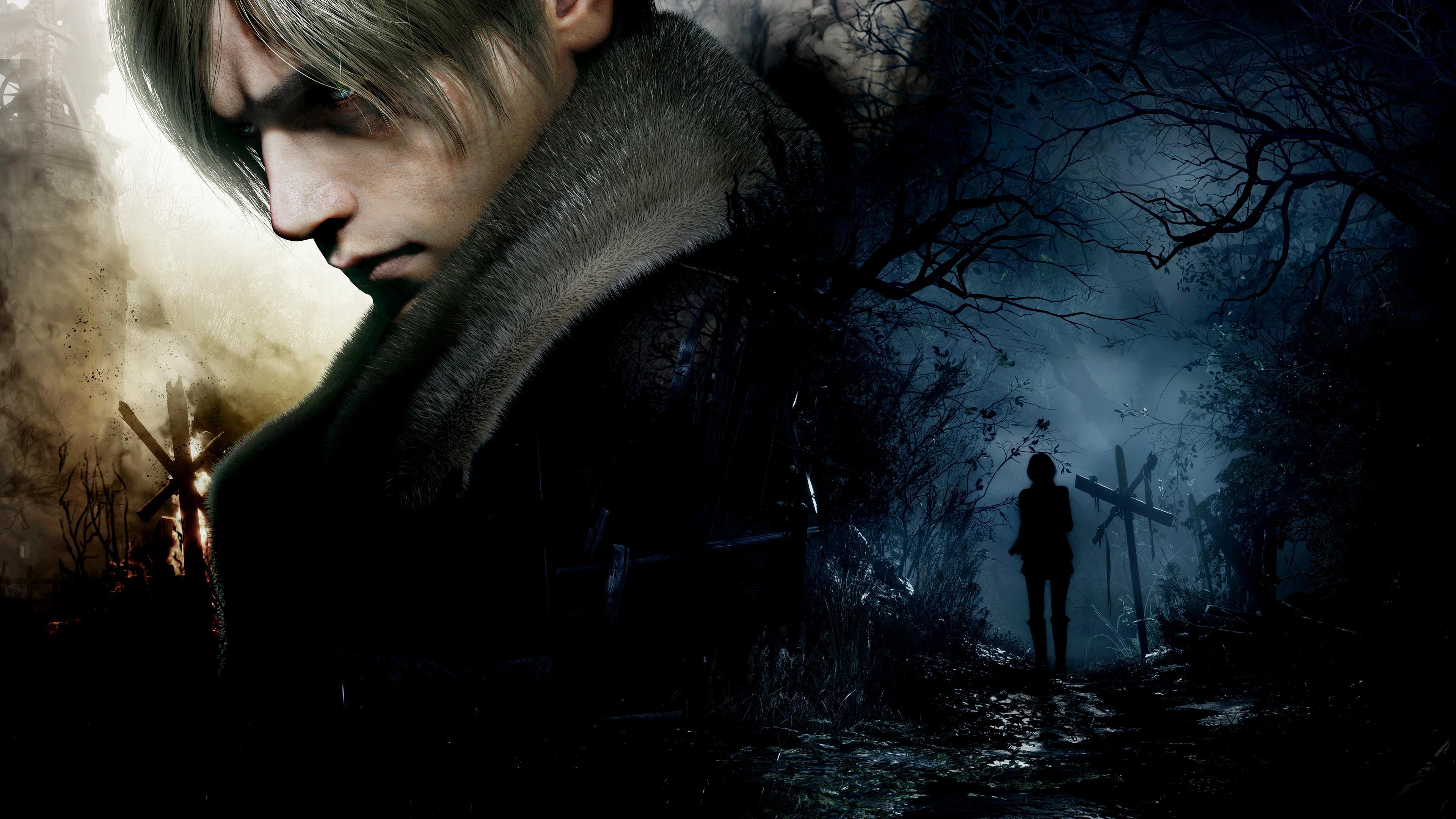
Capcom first released this game in 2005 for the GameCube, and it was later made available on other consoles. It featured a new camera angle – viewed from over the shoulder of the character – and let players perform actions based on the situation. A unique inventory system, modeled after a briefcase, also made managing items an important part of the gameplay.
The game received updates that included wider screen compatibility, smoother gameplay with higher frame rates, and extra features like The Mercenaries and Separate Ways modes. Its innovative controls and camera angles went on to inspire many third-person shooter games on both consoles and computers for years to come.
Call of Duty 4 Modern Warfare
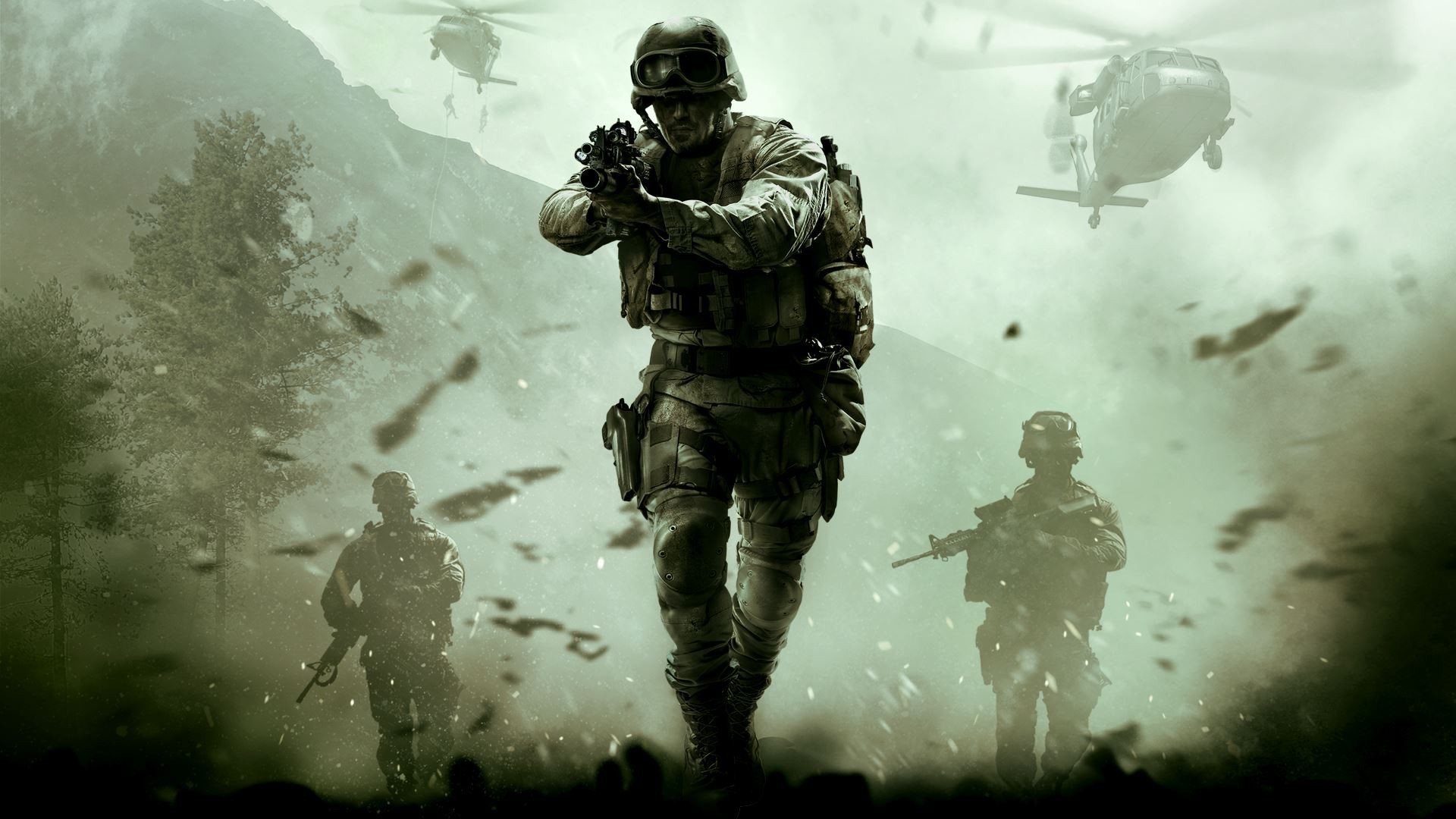
Infinity Ward released this game in 2007 for PC, PlayStation 3, and Xbox 360. It updated the series with a modern setting and added a new multiplayer system where players could customize their characters, earn special abilities, and unlock rewards for consecutive kills.
The game offered large-scale missions in various locations, along with a classic arcade mode and a concluding epilogue. After its release, downloadable content added more maps for multiplayer, and updated versions of the game improved graphics and made it easier to find matches.
Uncharted 2 Among Thieves
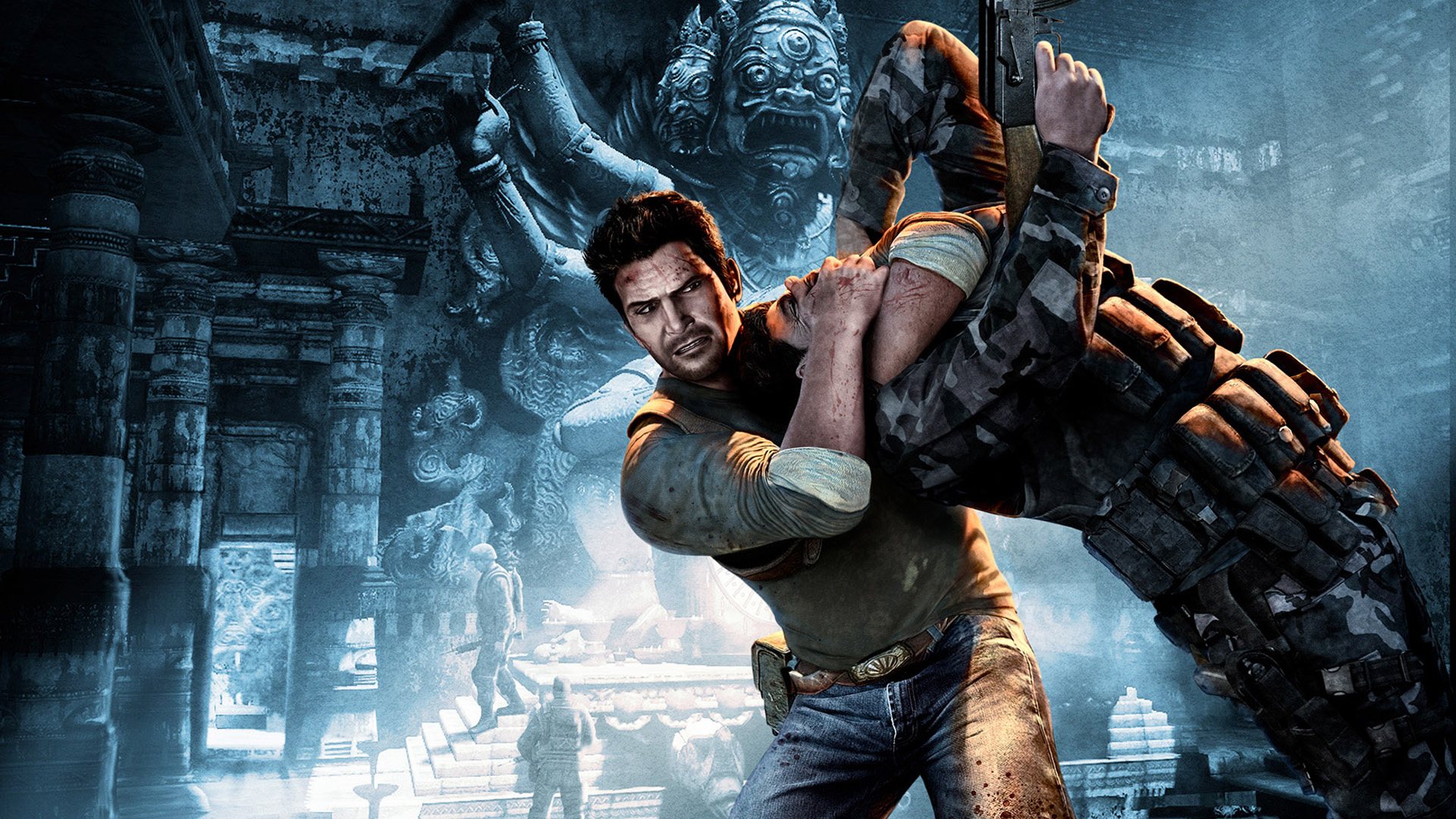
Naughty Dog launched this action-packed adventure game for PlayStation 3 in 2009. It improved how players moved around and fought by including exciting moments like chases on moving trains and escaping collapsing buildings. The game also featured both competitive and cooperative online multiplayer modes.
The game used advanced technology to seamlessly blend character movements in both story scenes and while players were controlling the characters. Later versions for newer PlayStation consoles offered sharper graphics, smoother gameplay, and included all three games in the series.
Mass Effect 2
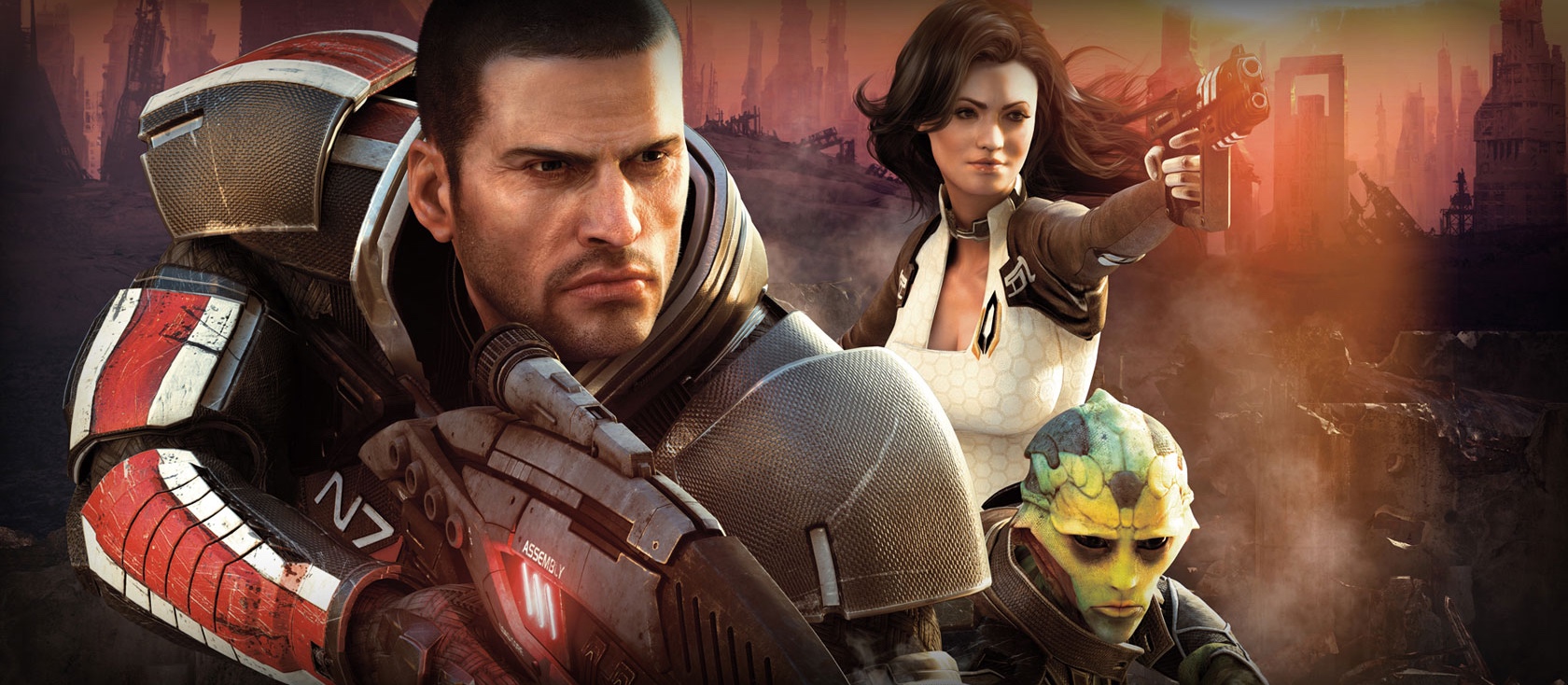
BioWare released this action role-playing game in 2010 for Xbox 360 and PC, and later for PlayStation 3. A key feature was loyalty missions, where your choices impacted the outcome of a final, high-stakes mission. Players could also carry over decisions they made in the previous game, creating a connected experience.
The game’s shooting felt faster and more responsive, with easier-to-manage items and character abilities. New content was added through downloads, including new characters, missions, and weapons. Later, the ‘Legendary Edition’ brought the entire trilogy together with improved graphics and performance.
Portal 2
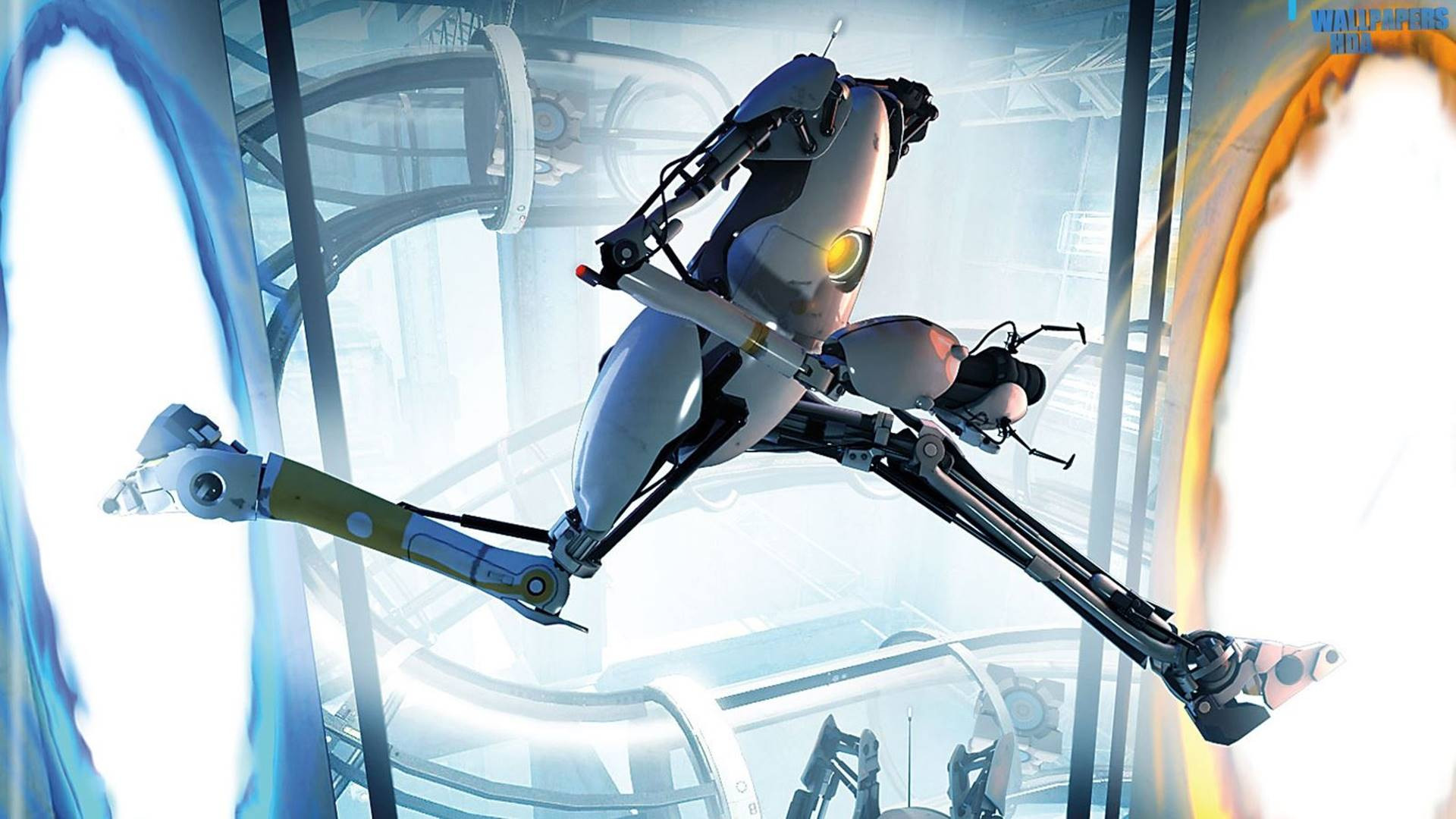
In 2011, Valve launched the continuation of the popular puzzle game on computers, PlayStation 3, and Xbox 360. This new version introduced features like bouncy and propulsion gels, light bridges, and redirection funnels, allowing for more complex and creative puzzles than just using portals.
The complete cooperative experience needed players to work together, each using their own set of portals and communicating through voice chat or pings. Players could also enjoy a huge variety of puzzles created by the community thanks to support for external tools and the Steam Workshop, and updates brought competitive leaderboards and extra challenges.
The Witcher 3 Wild Hunt
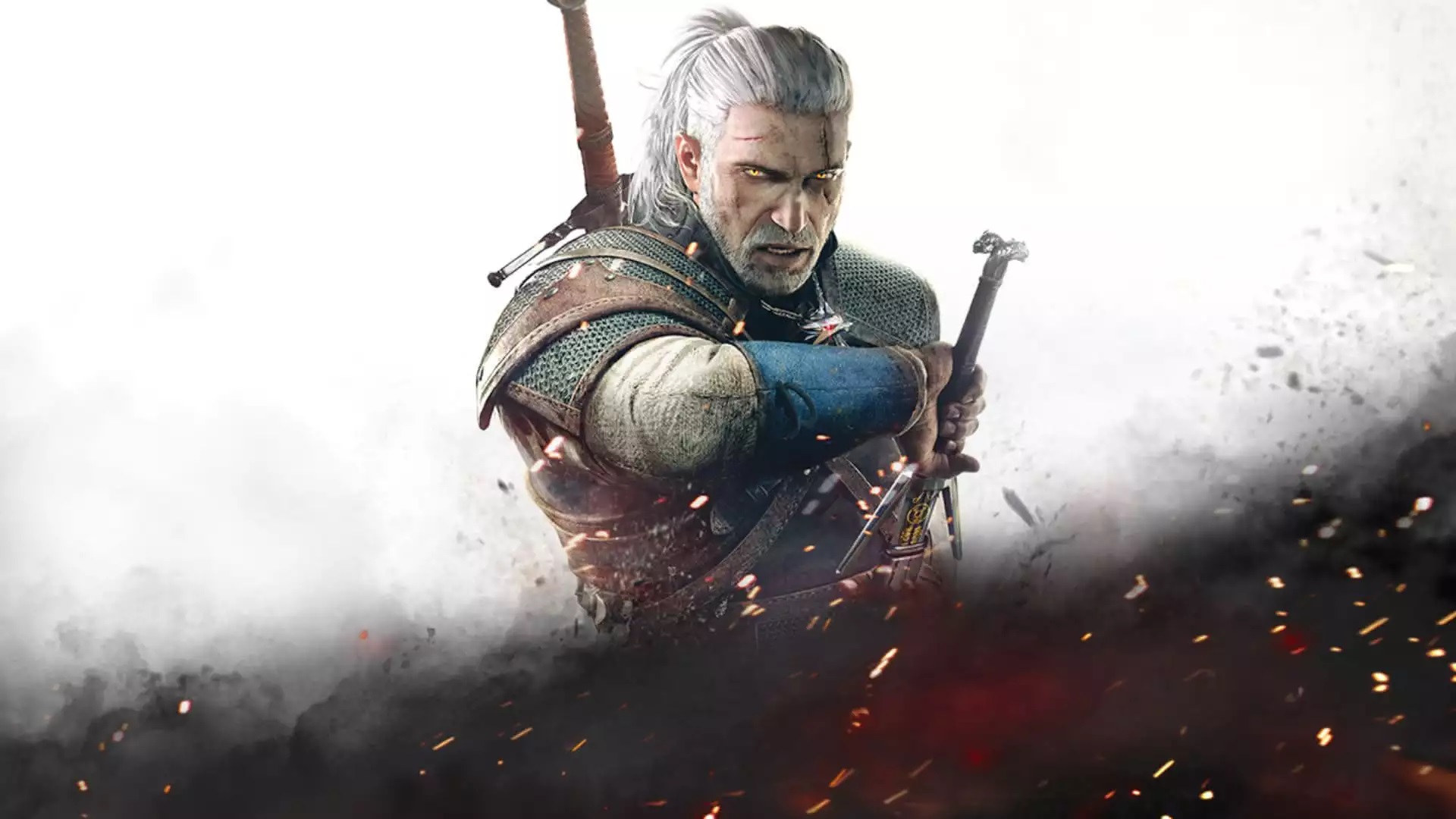
CD Projekt Red released this expansive role-playing game in 2015 for PC, PlayStation 4, and Xbox One. Players could explore vast areas like Velen, Novigrad, and Skellige, take on monster hunting contracts, and create their own items through a detailed crafting and alchemy system.
The game grew with two large expansions that introduced new areas and stories. Subsequent updates focused on improving the player experience and bringing the game to modern hardware. Its REDengine technology allowed for realistic environments with changing weather, full day-night cycles, and seamless world streaming with very little waiting.
Grand Theft Auto V
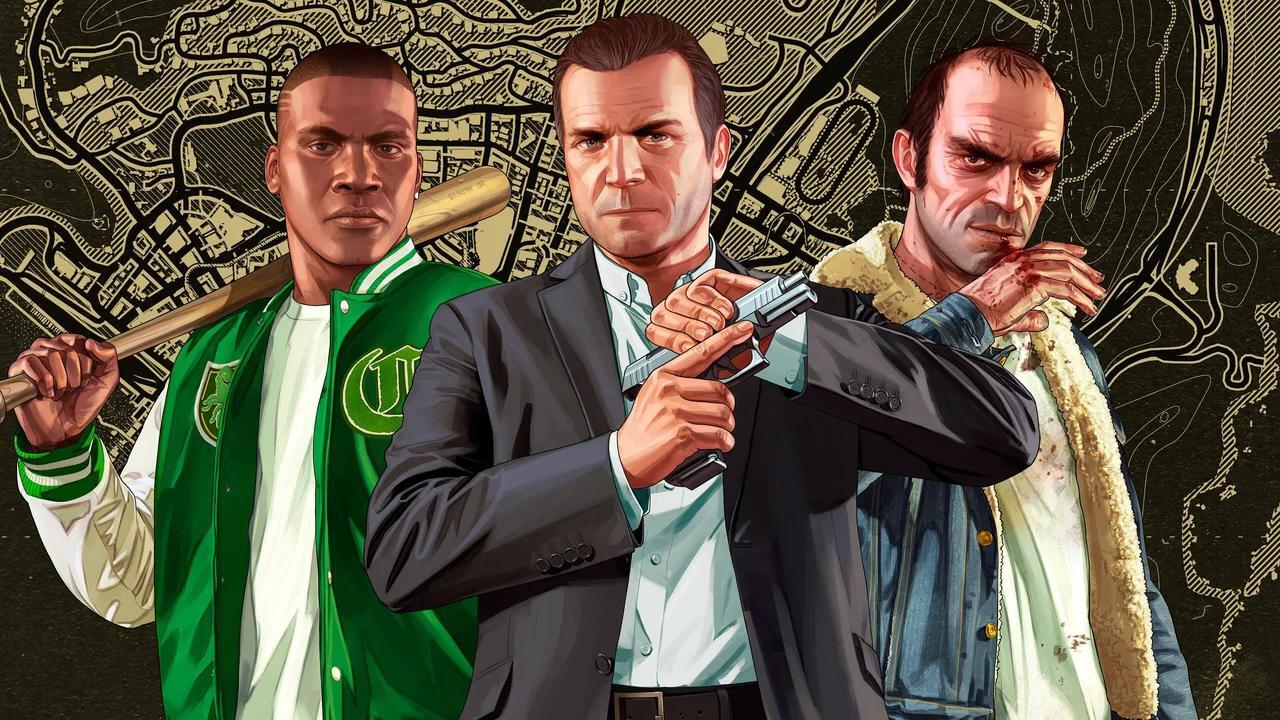
Released in 2013 for PlayStation 3 and Xbox 360 (and later on PC and newer consoles), this game lets you play as three different characters, switching between them as you explore a huge, varied open world featuring cities, deserts, and mountains.
GTA Online started with both team-based and competitive gameplay, and it’s expanded over time to include large-scale robberies, various businesses to manage, and tools for players to create their own content. As new gaming consoles came out, the game improved with smoother graphics, the ability to see further in the game world, and helpful activity cards. Players could even transfer their progress to new consoles, letting them continue playing without starting over.
Red Dead Redemption 2
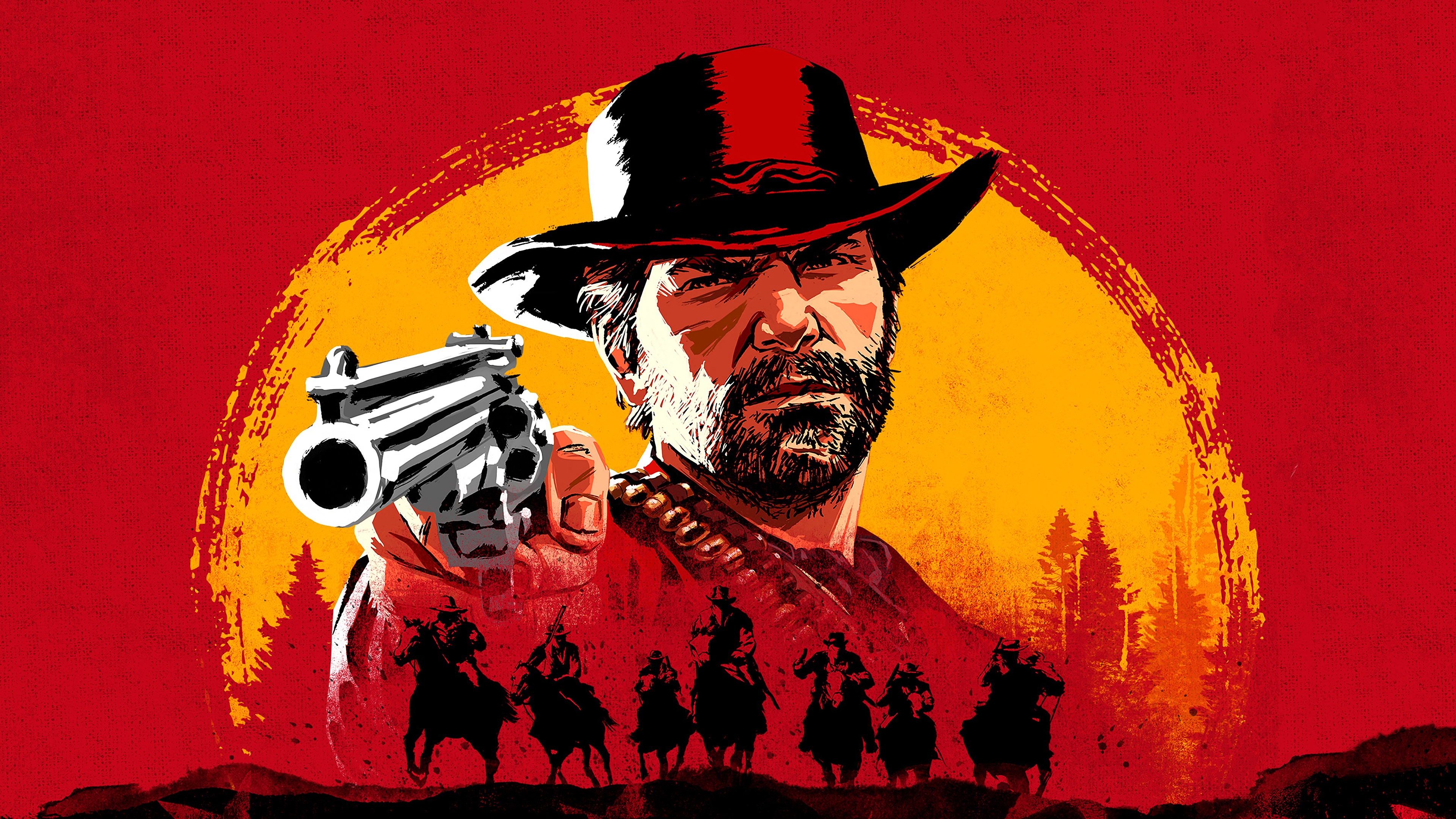
Rockstar Games released this game, a prequel to the series, in 2018 for PlayStation 4 and Xbox One, and later for PC. It features a vast, open frontier where players can hunt, craft items, and build up their camps. A key feature is the ‘Dead Eye’ ability, which lets players mark targets and aim in slow motion.
As a Red Dead Online player, I really enjoyed how they kept adding to the game with things like the bounty hunter and trader roles. It was awesome exploring and getting involved in all the free roam events and missions. Plus, the updates were great for anyone on newer consoles – the game ran so much smoother! And for PC players like me, the visual improvements were fantastic. Being able to crank up the resolution and lighting really made the world feel even more immersive.
Resident Evil 2
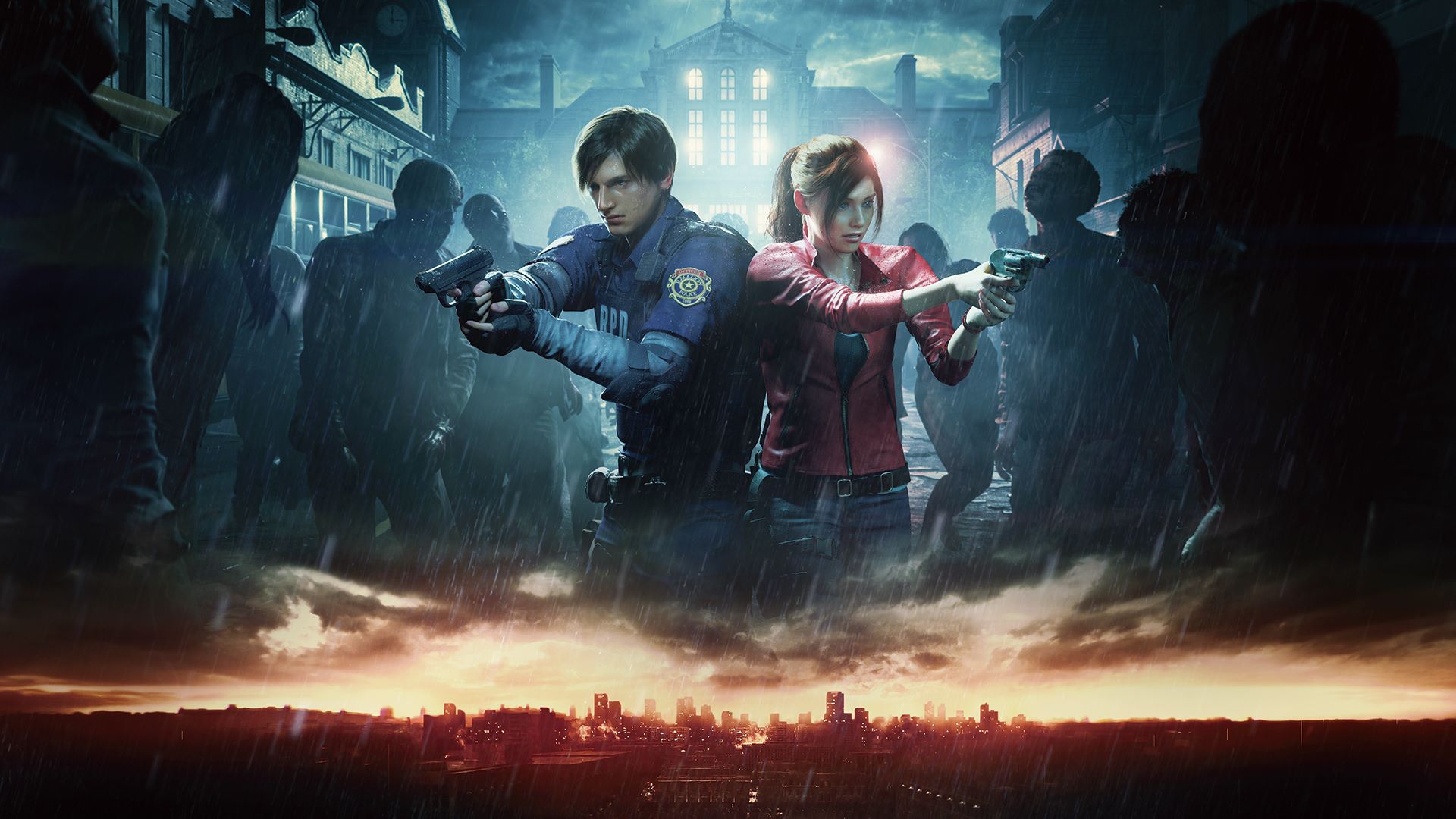
Capcom rebuilt the game in 2019 using their RE Engine. They completely redesigned the Raccoon City Police Department with new environments, switched to an over-the-shoulder camera view, and made enemies smarter – especially the Tyrant, who now relentlessly pursues you.
The game originally included two separate story campaigns, one for Leon and one for Claire, and was designed to encourage players to replay it multiple times. After its release, a new mode called The Ghost Survivors was added, and updates were released to boost performance and enhance graphics on more modern computers.
Age of Empires II Definitive Edition
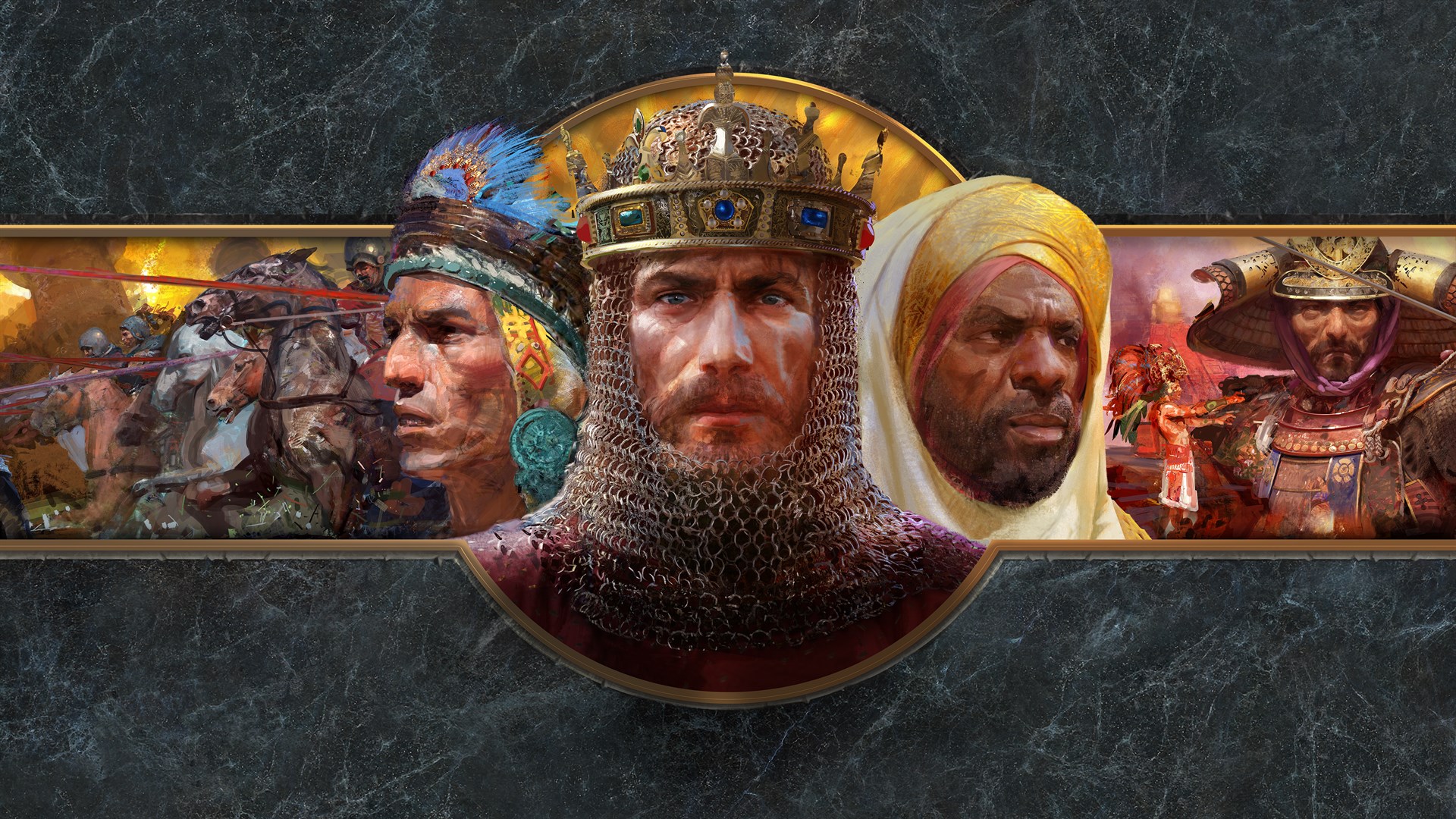
Released in 2019 for PC and later Xbox consoles, this version of the game received significant updates. These included improved graphics and sound, new story campaigns and civilizations through downloadable content, and a competitive ranked matchmaking system with enhanced online connectivity.
The game offers features to improve player experience, like a universal queue, helpful on-screen markers, and special in-game events. It also allows players on PCs and consoles to play together, and includes controller support to maintain the original gameplay on all platforms.
Let us know in the comments which sequels or updates you think are the best, and tell us how those follow-ups improved the original experience for you.
Read More
- DOGE PREDICTION. DOGE cryptocurrency
- Calvin Harris Announces India Debut With 2 Shows Across Mumbai and Bangalore in November: How to Attend
- EQT Earnings: Strong Production
- The Relentless Ascent of Broadcom Stock: Why It’s Not Too Late to Jump In
- Docusign’s Theatrical Ascent Amidst Market Farce
- TON PREDICTION. TON cryptocurrency
- HBO Boss Discusses the Possibility of THE PENGUIN Season 2
- The Dividend Maze: VYM and HDV in a Labyrinth of Yield and Diversification
- Why Rocket Lab Stock Skyrocketed Last Week
- Ultraman Live Stage Show: Kaiju Battles and LED Effects Coming to America This Fall
2025-10-06 05:22